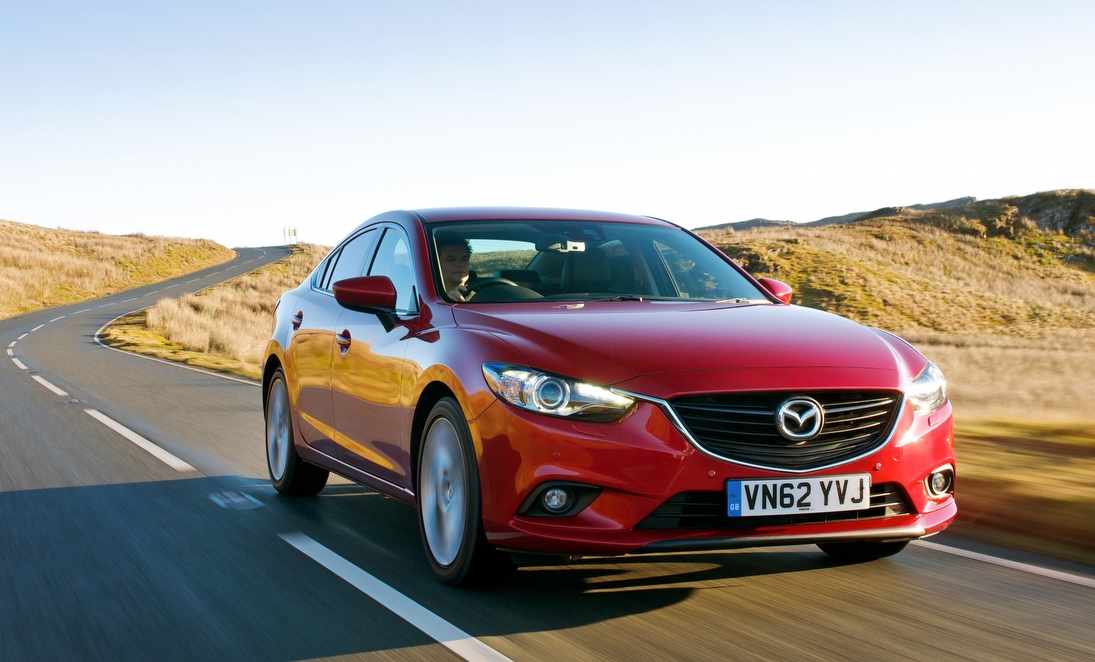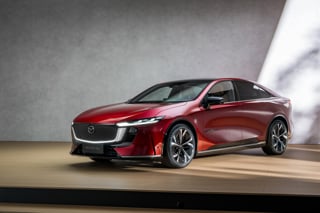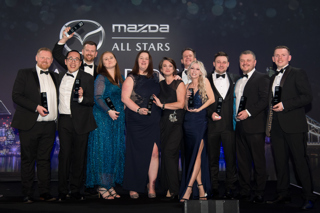JB: If I was a dealer looking to expand its franchise portfolio, what would you say to convince them to choose Mazda?
JT: I would start with the product offering as having confidence that it will be relevant to the world.
Secondly, but still very important, what kind of accessibility do you get to the senior management of that franchise?
Are they accessible in terms of being easy to get hold of?
Is it an easy-to-do-business-with type of franchise?
Or are they complicated and difficult?
Are they pragmatic and open to your issues?
So I can give you some examples.
We have a dealer forum that helps advise and graft a strategy and we recycle that rapidly to the network.
And any dealer principal can get hold of me at any time and I’ll respond very quickly. I would want to be as accessible as I can to any franchisee.
JB: Are you asking for any investment from dealers at the moment?
JT: Not substantially in terms of cash investment, but we are asking dealers now to assess compliance with our standards.
We’ve asked them to refresh and rethink.
Do they have the optimal consumer experience that really supports this investment that we’ve made in product?
But are we asking them to build a massive blue box or some kind of retail solution that they’re not expecting?
Absolutely not.
JB: You’ve been managing director since 2007.
That’s a long time in this industry.
JT: One of the strengths of Mazda is the longevity of the management team.
The whole senior management team has been at Mazda UK now for an average of six to eight years, and some have been here since 2001.
We’re at a real turning point as a brand and I’ve known it was coming.
It’s been hard to make sure that everyone keeps the faith in these early years, but now we’re here I feel vindicated that what I was promising will come to pass.
And that makes it all the more attractive to stay quite frankly.
The Mazda6
Sales expectations for the new Mazda6 are put conservatively at 7,500 in the first year (in 2012 the outgoing model achieved 4,000 sales), or around a 6% share.
 But it achieved 10% on 12,500 units when the car, and the upper-medium segment, were in their heyday.
But it achieved 10% on 12,500 units when the car, and the upper-medium segment, were in their heyday.
But such is the leap forward in terms of the technological offers – not least of all the emissions and economy statistics – that Mazda said alarm bells will ring if this first full-year forecast isn’t exceeded.
In the segment the mix is 72% fleet, the rest retail.
Mazda expects the ratio to be closer to 60-65 % fleet in the first couple of years.
The difference is down to strong loyalty renewals from existing Mazda owners, said Jeremy Thomson, Mazda UK managing director.
“We’ve sold more than 150,000 Mazda6’s since launch in 2002.
"Together with people that bought them new,
"I’m guessing half-a-million people own or have owned one and I’m hopeful we’re going to pull in a high level of faithful customers to the new car early on,” he said.
The key marketing platform for the Mazda6 will be digital, but starting on TV, and the tone based on the Mazda6’s style and design, Thomson says, with cars in a red colour unique to Mazda.
“We want to draw people’s attention to the technology available, but now with a very strong element of design we first showed in our concept in 2010. The target audience is relatively high earning families,” he added.
€1bn loss
Phil Waring, Mazda Motor Europe’s chief operating officer, admitted the company had struggled in recent years with the lack of product that had led to customer disaffection and a poor financial performance across Europe.
But Mazda’s fortunes were changing.
“Over the past three or four years Mazda has struggled and has been making losses for the past four years,” he said.
“In fact, our loss last year at operational level was more than €1 billion.
“What I can tell is that we are on track this year on the back of the CX-5 and the initial launch of Mazda6, to turn that loss into a €250bn operating profit and to sell 1.25 million vehicles in Europe.
“Our forecast for next year is to grow that operating profit further.”





















Login to comment
Comments
No comments have been made yet.